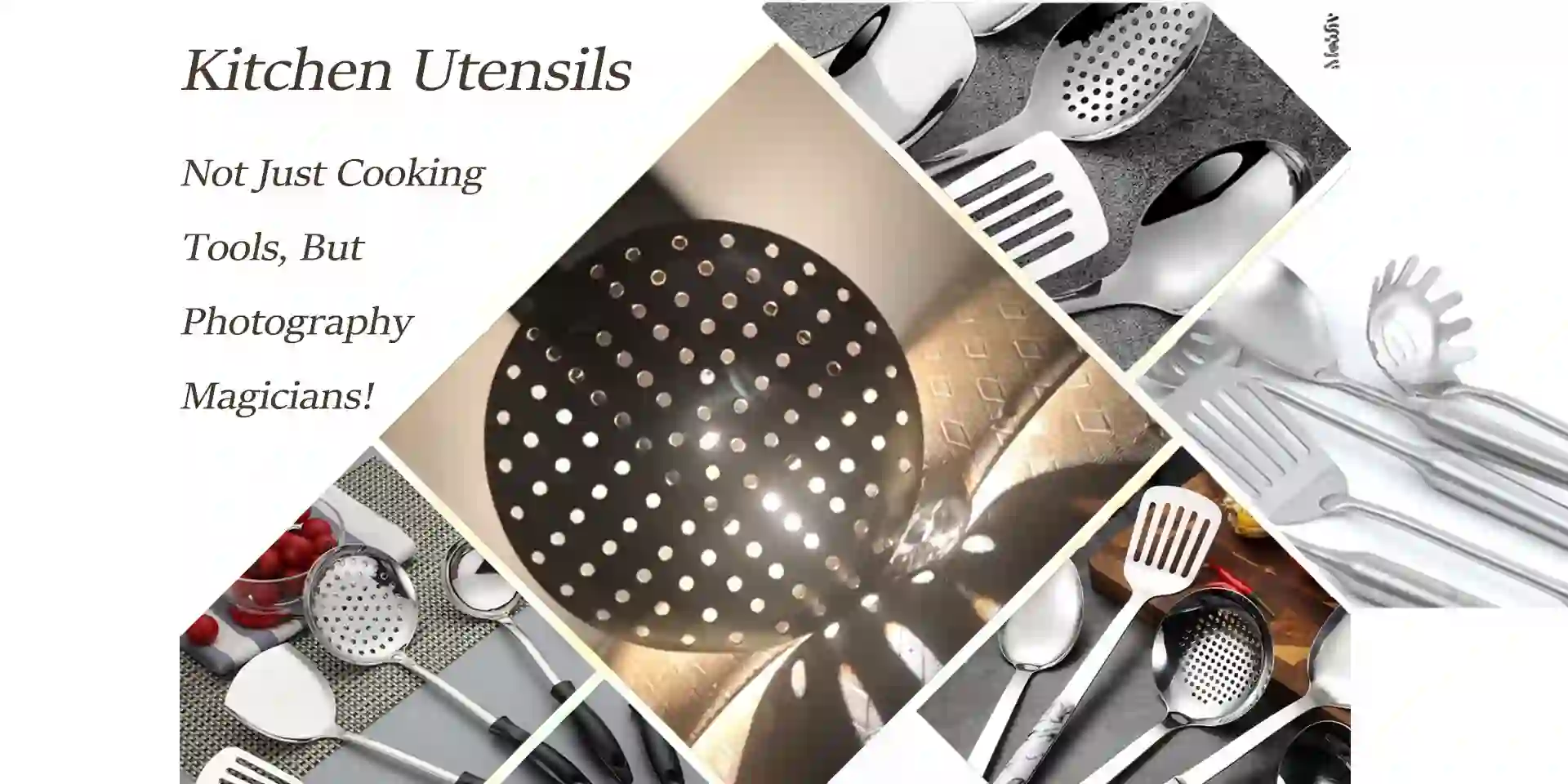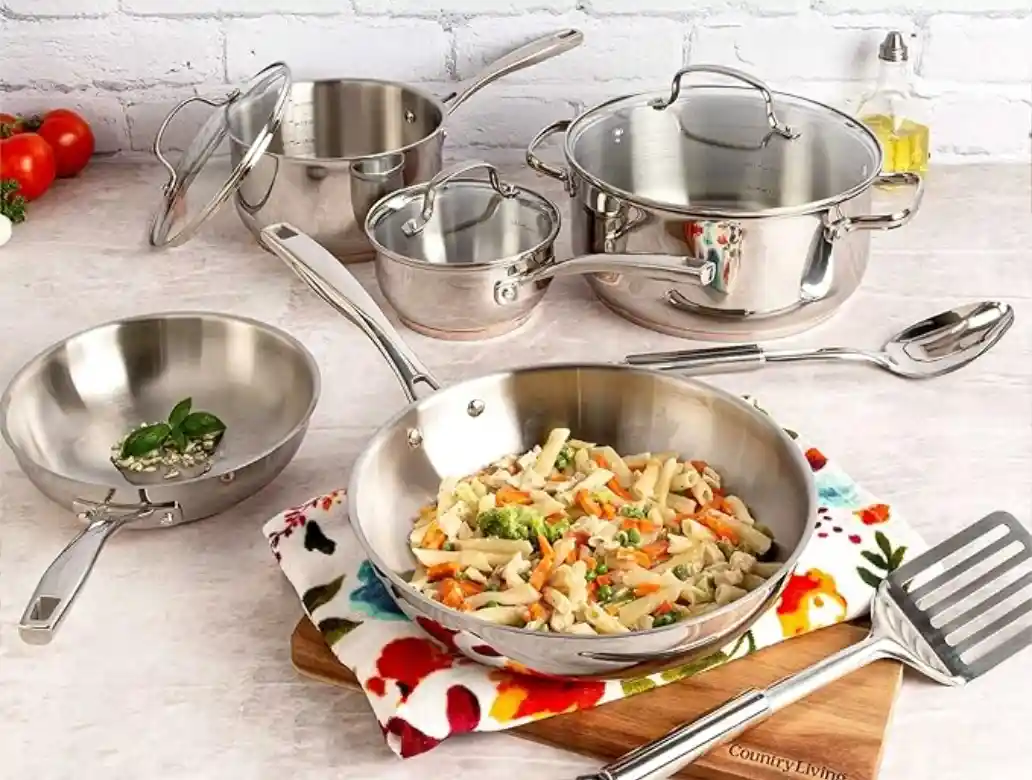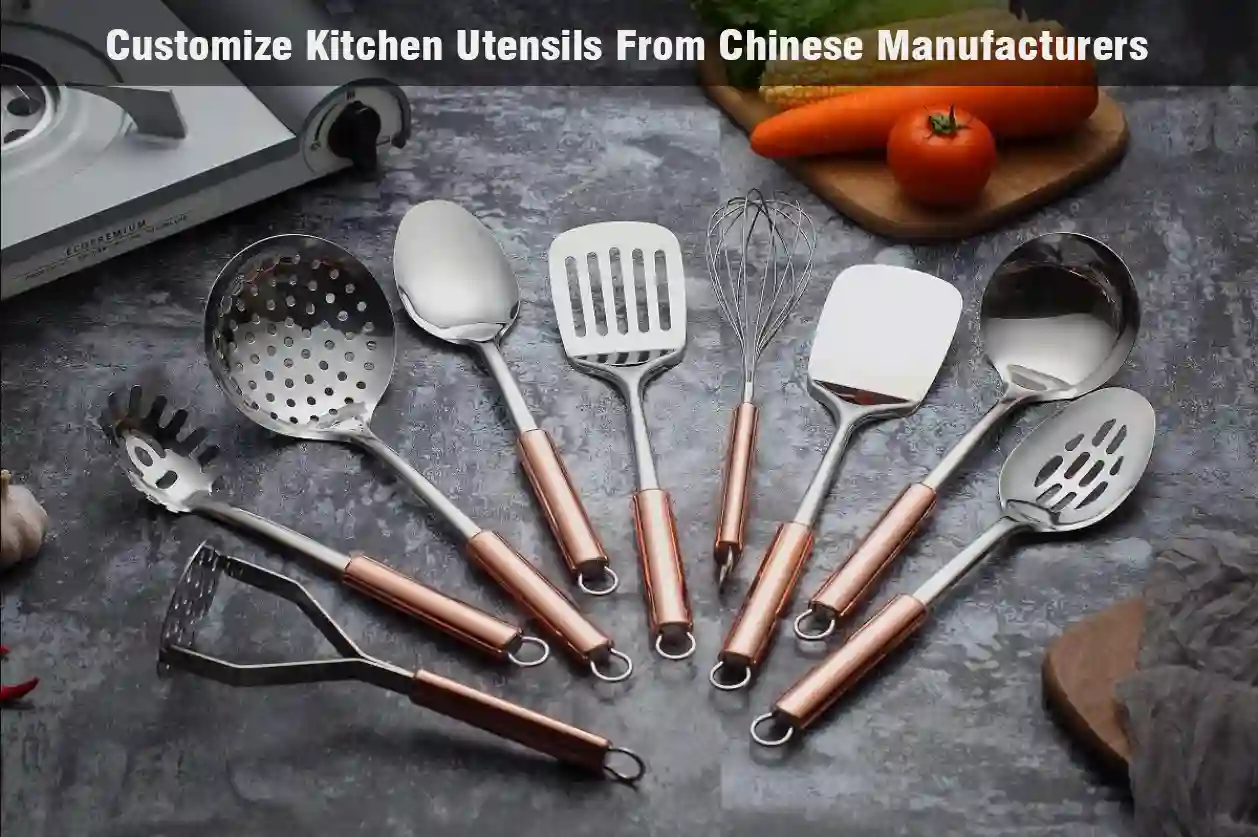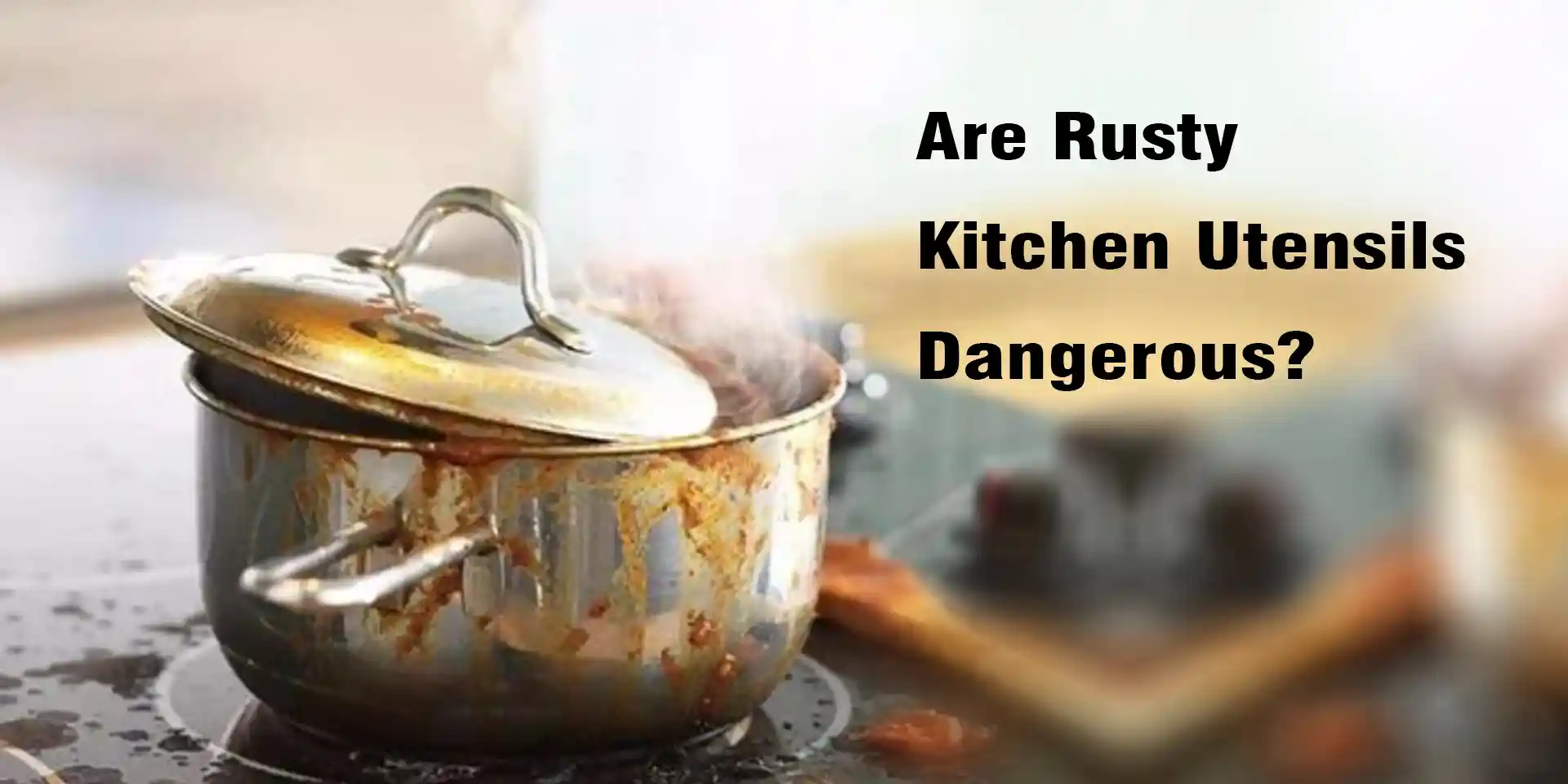Why Use Silicone Cooking Utensils?
In recent years, silicone cooking utensils have become a staple in modern kitchens, and for good reason. These versatile tools are praised for their durability, safety, and functionality. Whether you’re an amateur cook or a seasoned chef, incorporating silicone utensils into your culinary toolkit can greatly enhance your cooking experience. This comprehensive guide will explore why silicone cooking utensils have become so popular and why you should consider using them.
What Are Silicone Cooking Utensils?
Silicone cooking utensils are crafted from silicone, a synthetic polymer made by combining silicon, oxygen, and carbon in a precise ratio. Known for its heat resistance and flexibility, silicone is also non-toxic. Unlike traditional cooking utensils made from wood, metal, or plastic, silicone tools offer a distinctive range of benefits that make them particularly well-suited for various cooking tasks.
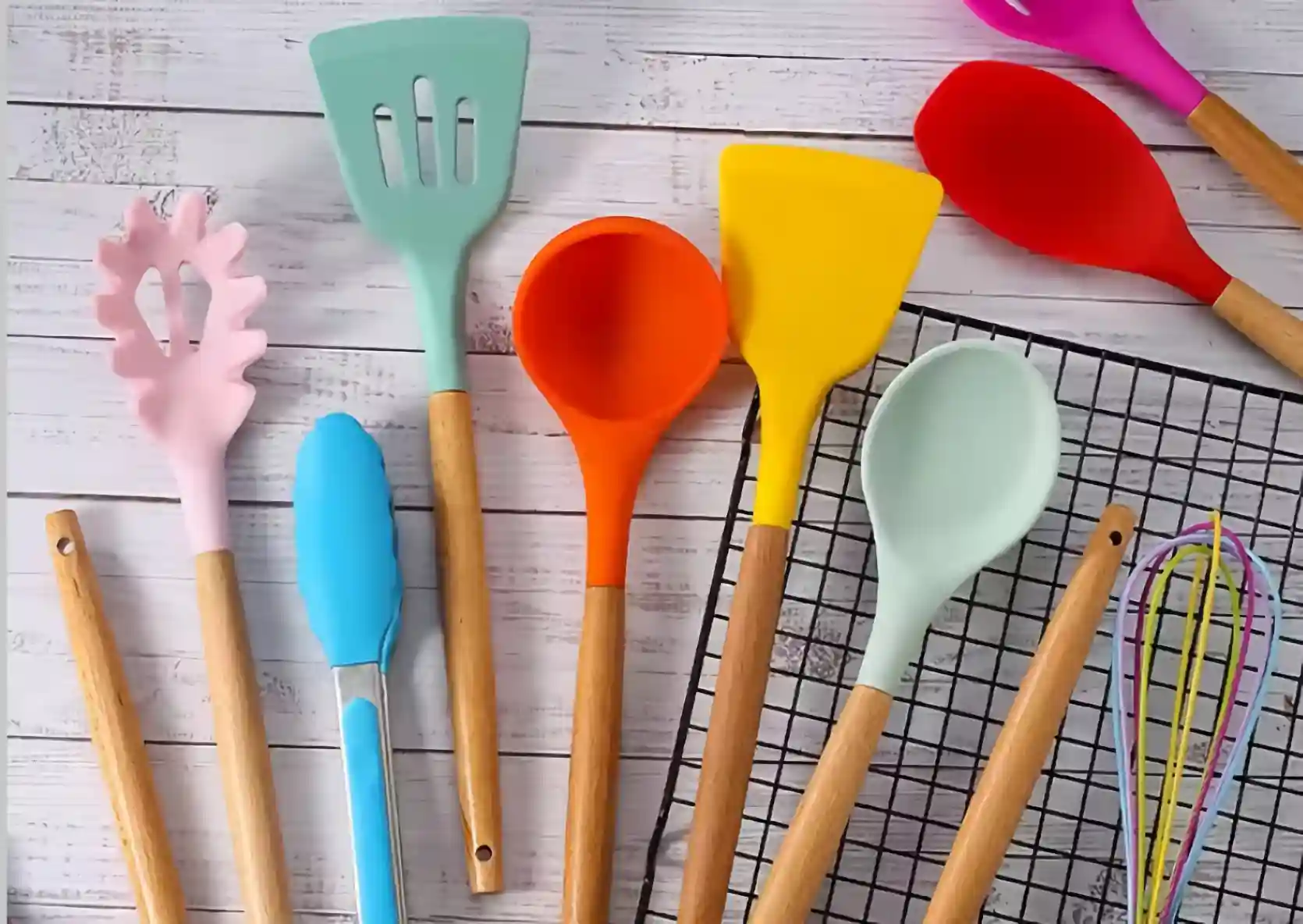
Benefits of Silicone Cooking Utensils
1. Non-Toxic and Safe
Silicone is a food-grade material that is free from harmful chemicals such as BPA, phthalates, and other toxins commonly found in plastics. This makes silicone cooking utensils a safer choice for preparing food, as they won’t leach harmful substances into your meals. Additionally, silicone is hypoallergenic, making it suitable for individuals with allergies or sensitivities.
2. Non-reactivity
Silicone doesn’t react with your food, regardless of the temperature or acidity. This characteristic makes silicone maintains its stability and purity. As a result, silicone cooking utensils not only contribute to a healthier cooking environment but also help preserve the true flavors of your dishes, making them a particularly safe choice for both cooking and baking.
3. Heat Resistance
One of the most compelling reasons to use silicone cooking utensils is their exceptional heat resistance. Silicone can withstand temperatures up to 450°F (232°C) without melting or warping. This makes silicone utensils ideal for stirring, flipping, and scraping while cooking on high heat. Unlike plastic utensils that can melt or degrade, silicone utensils maintain their integrity even under extreme cooking conditions.
4. Non-Stick Properties
Silicone cooking utensils are inherently non-stick, which means they won’t scratch or damage your non-stick cookware or bakeware. This property is particularly beneficial when working with delicate surfaces or when trying to avoid scratches and other damage to your pots, pans, and baking sheets. The smooth surface of silicone utensils glides effortlessly through food, ensuring that you get every last bit out of your pan or bowl.
5. Durability
Silicone is highly durable and resistant to cracking, chipping, or breaking. Unlike wooden cooking utensils that can split or metal cooking utensils that can rust, silicone cooking utensils are built to last. Their durability also means that they can withstand repeated use without showing signs of wear and tear. This longevity makes them a cost-effective choice for your kitchen.
6. Flexibility and Ergonomics
Silicone cooking utensils are designed to be flexible and ergonomic. This flexibility allows them to easily adapt to various cooking tasks, such as scraping down the sides of a bowl or flipping delicate foods like pancakes. The ergonomic design ensures a comfortable grip, making them easy to use and reducing hand fatigue during extended cooking sessions.
7. Easy to Clean
Cleaning silicone cooking utensils is a breeze. They are dishwasher safe, and their non-porous surface means that they don’t absorb food particles or odors. This makes them hygienic and easy to maintain, as they can be quickly rinsed off or placed in the dishwasher without worrying about lingering smells or stains.
8. Versatility
Silicone cooking utensils are incredibly versatile and can be used for a wide range of cooking and baking tasks. From spatulas and spoons to whisks and tongs, silicone utensils come in various shapes and sizes to suit different needs. They are also available in a variety of colors and styles, allowing you to match them to your kitchen decor or personal preferences.
Different Types of Silicone Cooking Utensils
To better understand how silicone utensils can enhance your cooking, let’s explore some of the most common types and discover their specific benefits:
Silicone Spatulas
Silicone spatulas are essential for mixing, folding, and scraping. Their flexible edges allow them to easily reach the corners of bowls and pots, ensuring that you get every bit of batter or sauce. They are also heat-resistant, making them ideal for use in hot pans and pots.
Silicone Whisks
Silicone whisks are perfect for beating eggs, whipping cream, and mixing ingredients. They won’t scratch non-stick surfaces and are easy to clean. The silicone bristles are gentle yet effective, making them suitable for both delicate and heavy-duty tasks.
Silicone Tongs
Silicone tongs are versatile tools that are great for flipping, turning, and serving food. The silicone tips provide a secure grip on food, while the heat resistance ensures that the tongs won’t warp or melt. They are also gentle on non-stick surfaces, making them a valuable addition to your kitchen.
Silicone Basting Brushes
Silicone basting brushes are ideal for applying marinades, glazes, and sauces. The silicone bristles are heat-resistant and won’t shed bristles, making them a hygienic choice for basting. They are also easy to clean and won’t retain odors or flavors.
Silicone Baking Mats
Silicone baking mats are a must-have for baking enthusiasts. They provide a non-stick surface for baking cookies, pastries, and other treats. The mats eliminate the need for parchment paper and are reusable, making them an eco-friendly and cost-effective option.
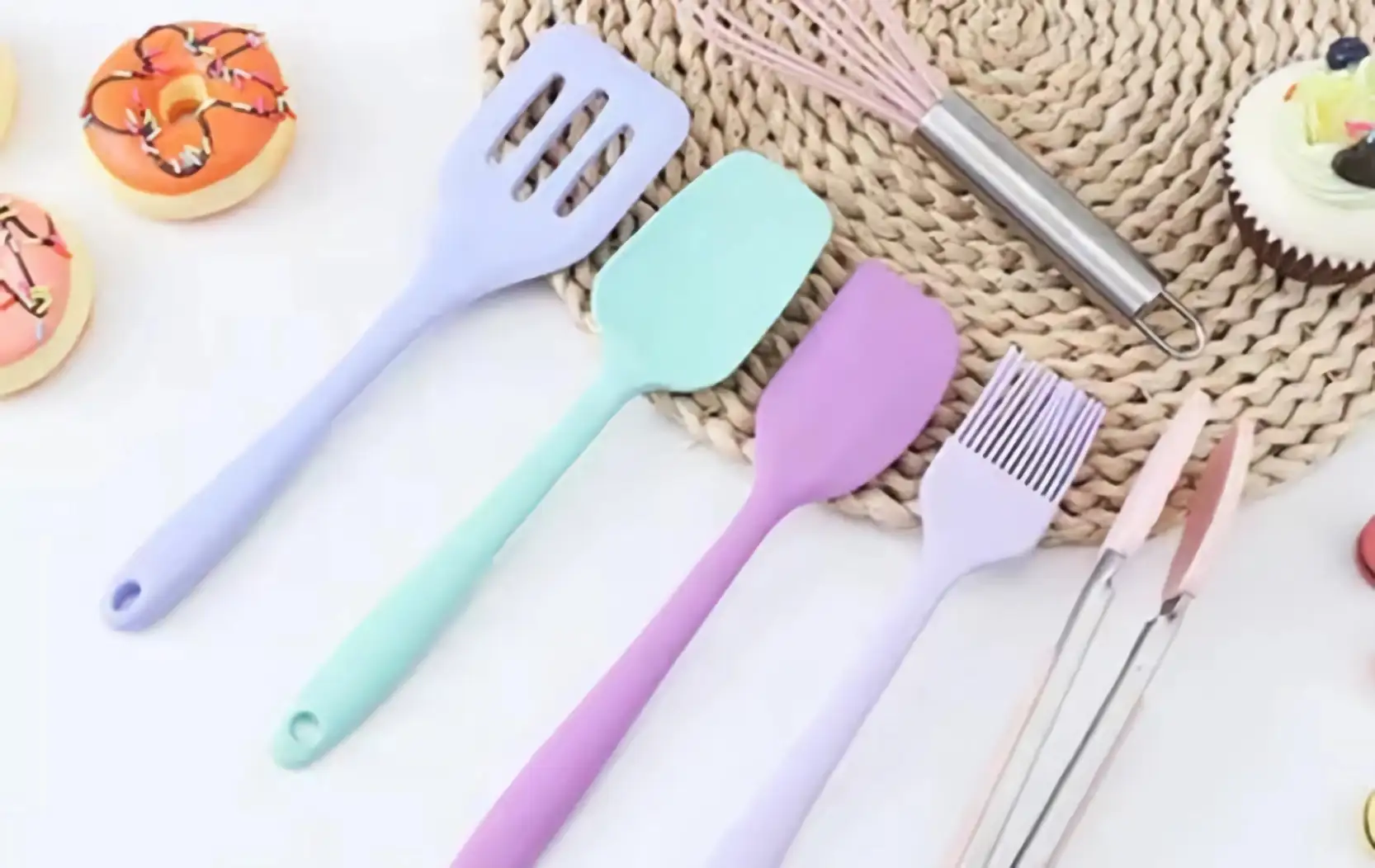
Tips for Using and Caring for Silicone Cooking Utensils
To keep your silicone cooking utensils in optimal condition and ensure their longevity, consider these helpful tips:
1. Avoid Using on Extremely High Heat
While silicone cooking utensils are heat-resistant, it’s best to avoid using them on extremely high heat settings for prolonged periods. Excessive heat can cause the silicone to break down over time, so it’s advisable to use them within the recommended temperature range.
2. Clean Thoroughly
Even though silicone cooking utensils are dishwasher safe, it’s a good idea to clean them thoroughly after each use. This will help prevent any buildup of food particles or odors. For stubborn stains, a mixture of baking soda and water can help remove discoloration.
3. Store Properly
Store silicone cooking utensils in a clean, dry place. Avoid storing them in direct sunlight or near heat sources, as prolonged exposure can affect their longevity. Silicone utensils are generally flexible, so they can be stored together without worry of damage.
For more tips on keeping your kitchen organized, check out our guide on “How to Organize Kitchen Utensils?“
4. Check for Quality
When purchasing silicone cooking utensils, choose high-quality products from reputable brands. Check for FDA approval and food-grade certification to ensure that the silicone used is safe for food contact. High-quality silicone will be more durable and resistant to heat and staining.
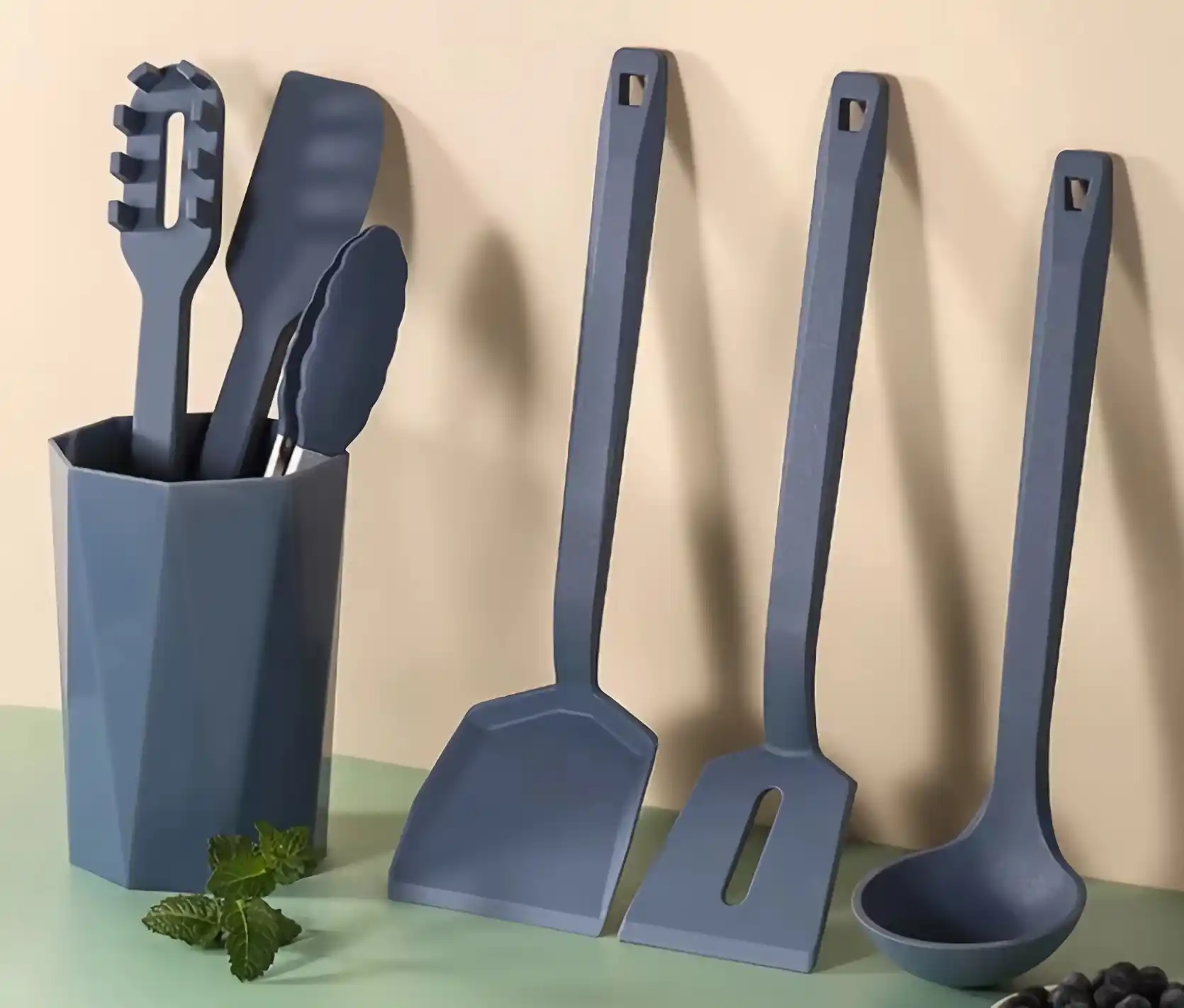
Frequently Asked Questions
Conclusion
Silicone cooking utensils offer a range of benefits that make them a valuable addition to any kitchen. Their heat resistance, non-stick properties, durability, flexibility, and ease of cleaning set them apart from traditional cooking utensils. By investing in silicone utensils, you can enhance your cooking experience, protect your cookware, and enjoy the convenience of easy maintenance.
Whether you’re looking to upgrade your kitchen tools or simply explore new options, silicone cooking utensils provide a practical and stylish solution. With their versatile applications and long-lasting performance, they are sure to become a favorite in your culinary arsenal. So go ahead, make the switch to silicone, and experience the difference for yourself!

